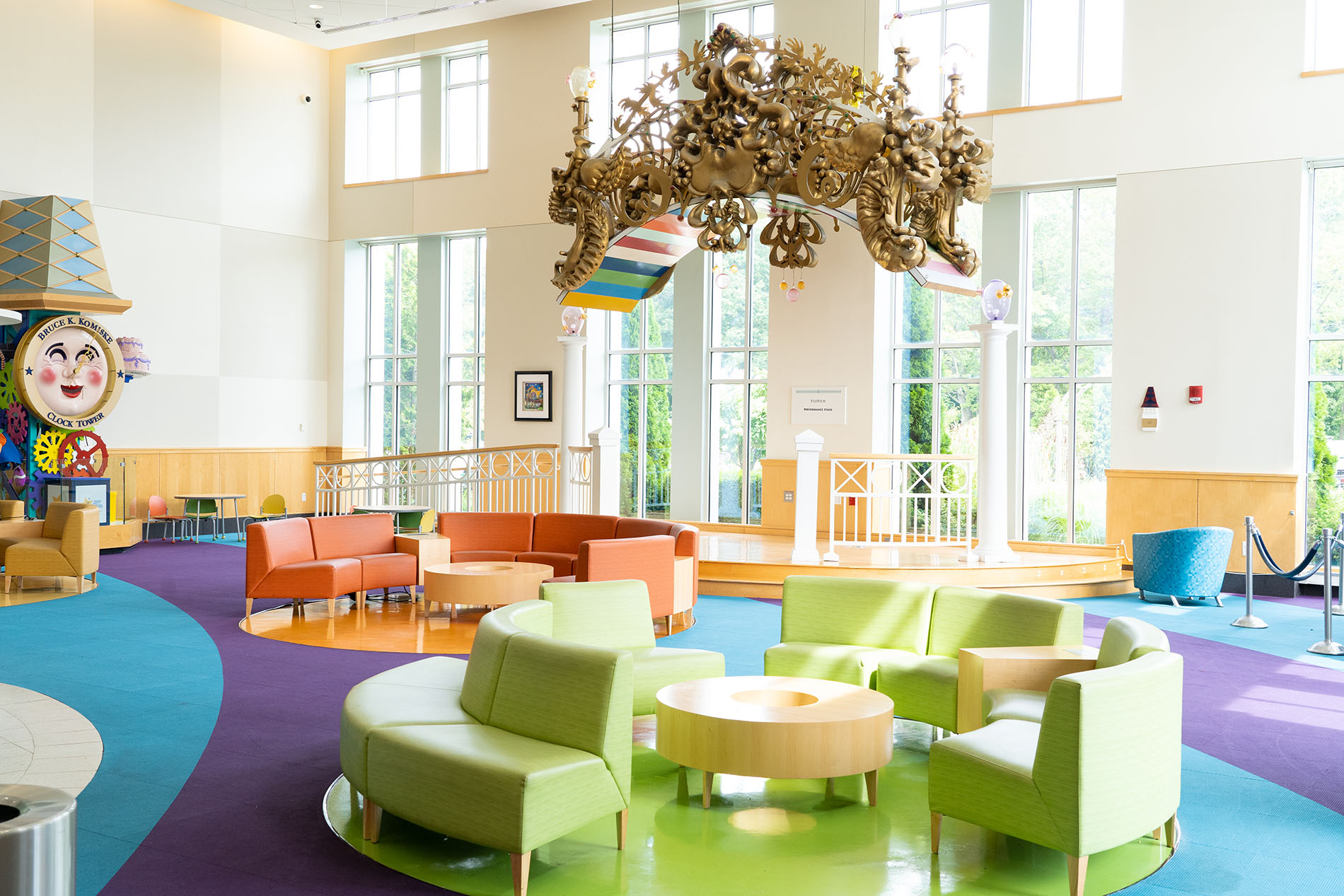The plastic surgeons at WMCHealth’s Maria Fareri Children’s Hospital are experts in plastic surgery procedures, from common skin wound repairs to the complexities of separating conjoined twins. The team uses advanced technology in 3D imaging, surgical planning, and reconstructive techniques to improve and save lives. Whether they are creating a symmetric smile in babies with cleft lip and palate or restoring function for a child with a congenital hand deformity, our surgeons are among the most skilled in the region.
Our Approach
Plastic surgery is an essential element of many treatment plans. It can improve a child’s quality of life, build self-esteem, and even save lives. We know the value of these efforts and strive to create a holistic approach to treating all children with compassion and precision.
You can feel confident knowing our comprehensive team at Maria Fareri Children’s Hospital is with you on your child’s healthcare journey. From pediatric anesthesiologists and pediatric nurses to speech and physical therapists, our team’s priority is working together to provide the best care possible, ensuring each child and family is comfortable.

Why Choose Maria Fareri Children’s Hospital?
Our specialized team of plastic surgeons understands that children are not just smaller versions of adults. We will take as much time as needed to set goals and discuss possible options, ensuring the best results for minimal pain, scarring, and risk. We have access to advanced technologies and techniques to help ensure optimal results.
Surgical care does not end when the operation is over. We work together to follow children and their families as they grow and change, to help ensure ideal outcomes.
Pediatric Conditions We Treat with Plastic Surgery
Our Cleft, Craniofacial, and Congenital Anomalies Program is unique in the region. Doctors from a range of specialties come together to care for children with cleft lip and palate and other craniofacial and congenital anomalies. As a Level I Trauma Center, we also care for children with facial lacerations and fractures.
- Craniofacial conditions: We treat various craniofacial conditions such as microtia, facial clefts, and craniosynostosis. For some of these conditions, a child will see a neurosurgeon as well as a reconstructive surgeon. Surgeries can be endoscopic or open, depending on the complexity of the condition.
- Cleft lip and palate: Cleft lip and palate result from the incomplete formation of the upper lip or roof of the mouth. We work with our dental experts to ensure that the teeth are lined up properly after repair. Advanced surgical techniques mean children have amazing results that can improve speech, improve function, and offer cosmetic benefits.
- Skin conditions: We treat several skin conditions with plastic surgery, including congenital and compound nevi, commonly referred to as moles, skin tags, and hemangioma.
- Hand conditions: Typically, we see young children with ulnar polydactyly, syndactyly, or thumb duplications. These conditions require surgery to remove the additional digit on the hand(s) and optimize hand function.
- Trunk conditions: Malformations of the chest and breast tissue can cause myelomeningoceles, Poland Syndrome, tuberous breast, and breast asymmetry. Our surgeons are skilled at reconstructing the chest wall and breast tissue, resulting in a balanced appearance.
- Burn injury reconstruction: Plastic surgery after a burn injury often involves several procedures aimed at restoring function and improving appearance. Procedures such as skin grafting, contracture release, and scar revision can help reduce scarring and allow patients to regain mobility after a burn injury.
Advanced Technology We Use
In addition to traditional surgical approaches, the surgeons at Maria Fareri Children’s Hospital are continuously exploring new techniques and technologies to improve the surgical experience for our pediatric patients. We use:
3D Surgical Planning
We use several advanced technologies, such as 3D planning, to map your child’s surgery to optimize the time they spend under anesthesia.
Cranial Software
Using this software, we can model the final results of the surgery. It’s also used to share expected results with families before surgery.
